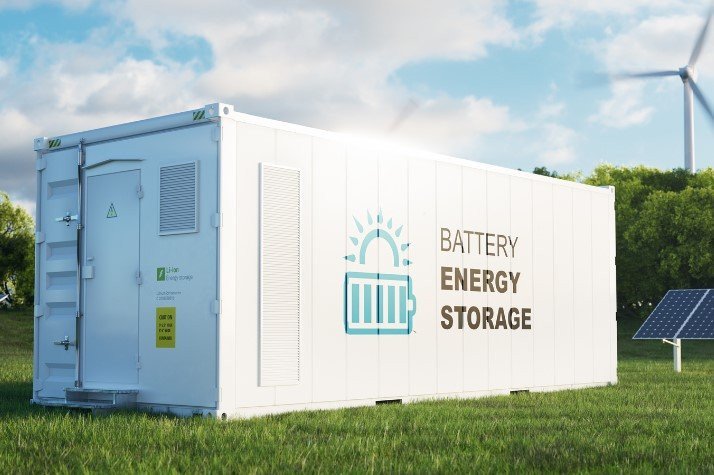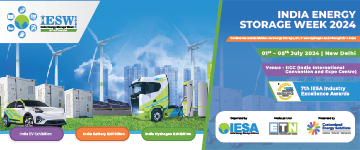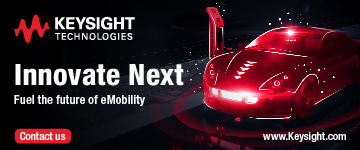The war in Europe and its ripple effects
The world, for the best part of post-WW II, has pursued unification, built up tremendous inter-dependency across continents, and reduced itself to being referred to as a 'global village.'Then suddenly BOOM! The Russo-Ukraine conflict has revived a stand-off between the old enemies of the cold-war.
WAR IS HELL and our thoughts and prayers go out to those afflicted by this terrible man-made humanitarian crisis. War is also extremely energy-intensive and polluting. Barrels of carbon-based fuel is burned in deployment and attack: Fighter jets let out the dirtiest emissions in massive quantities, pollution from tanks, the 40-mile-long convoy of Russian vehicles, a stream of supply vehicles, also those transferring massive amounts of arms into Ukraine, generators, burning armaments and infrastructure, all sending clouds of carbon dioxide into the atmosphere.
NATO members were already increasing defense spending before the war; additionally now, East European countries, with US aid, are flying in more patrols along their borders. Increased militarization means more greenhouse gases released into the atmosphere warming the planet at its most critical time. Today, with the precarious temperature at which the world stands every day non-reduction of carbon into the atmosphere adds to the already dangerous state of climate change.
At the COP26 of November 2021, the intentions to align with net-zero by 2050 were never more serious. After all, in the recent past Nature had shown her wrath by battering the Earth with hurricanes, landslides, floods, wildfires, and much more - sparing neither the developing nor the developed world. Now the war has brought about fears that climate action could be placed on a back-burner. Many governments have turned their attention to energy security. A case in point is Europe, which relies on Russian exports for almost 70 percent of its coal, oil, and gas. Russia in turn relies heavily on the income from these exports.
A silver lining is that some world leaders are calling for accelerating clean energy technologies; others speak of increasing domestic fossil fuel supplies to reduce Russian imports.
Where do energy storage and e-mobility stand in this scenario? Supply chains, just limping back to normal have gone into disruption so production lines are slowing again. The rising crude prices will be passed on to the public by the government. The effect will mean a rise in general inflation. Important raw materials for car manufacture have shot up. Prices for nickel, a key metal to increase energy density in lithium-ion batteries, shot sky-high. Now EV penetration across the globe could slow, just when it was picking up.
However, considering the high cost of Li-ion batteries, OEMs have been experimenting with other chemistries like lithium iron phosphate or LFP, which are less dependent on nickel. LFPs are cheaper batteries, but they have lower energy density. The sodium-ion (Na-ion) battery makes a strong case for cost efficiency due to the abundance of sodium in seawater as well as the use of manganese. Both these materials avoid unethical sourcing; the end-use here is pure drinking water. However, the Na-ion battery is less energy-dense than Li-ion.
GoI has recently passed the National Hydrogen Mission for Green Hydrogen production and export. GH will contribute strongly to boosting energy self-reliance. With hydrogen in the green-fuel kitty, India is well placed to tick off the five commitments made by Prime Minister Modi at COP 26:
- to achieve Net Zero by 2070
- take cumulative non-fossil fuel generation capacity to 500 GW by 2030
- meet 50 percent of energy needs from renewable energy
- reduce the energy intensity of the economy by 45 percent
- reduce carbon emissions by 1 billion tons.
At a time when the war in Europe is severely damaging the environment, putting millions of lives at risk, and canceling efforts to slow global warming, India should stand out as a nation that stood up to its commitments to save Mother Earth.
























